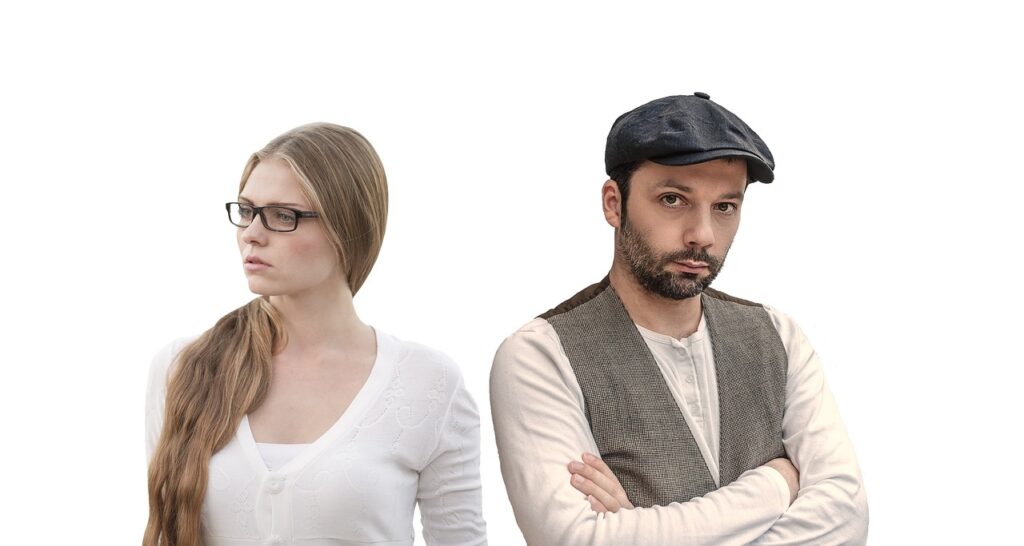Show, Don’t Tell: The Writer’s Golden Rule – Cynthia Owens

We will cover:
Show vs. Tell?—Examines the difference between telling a story and showing it.
The Five Senses—How to use the senses effectively.
Action!—Using strong, active verbs past.
Actions Speak Louder Than Words—Using Body Language.
I Second That Emotion—Action, reaction, and inner thought.
The Do’s and Don’ts of Dialogue—The unique voice and speech tags.
The Devil’s in the Details—Using details while avoiding detail overload.
Where in the World?—Using setting to show your story.
Final Lesson – Show me your show-don’t-tell!
Tales in the New World: Writing the American or Australian Historical – Beth Henderson

So, bring that Highland laddie, that Irish rogue, the Regency dandy, the Plantagenet or Tudor lord, the roving Viking warrior to one of the New Worlds (the continents of North and South America and Australia all qualify). Force a convicted man or woman, or an indentured one, or a slave onto a ship bound for…well, historically, likely death, but while people around our main characters might greet Death, our heroes and heroines will only have a slight brush with it. Match your hero with a heroine he might never have met in the Old World. It’s still a man’s world in these historical periods, though feisty women no doubt abound as well. They had to survive the challenges, you know. The scenery these characters stride is a bit different, sometimes the language is, but these Europeans from earlier centuries are related to the immigrants that settled large new lands. You can convert them into whatever your story and the time period demand.
There’s More to Selling Books than Amazon – Zoom Workshop – Free to OIWi Members Only – Susan Palmquist – 1pm-3pm EST

Why compete in a saturated market?
In this class we’ll look at alternative ways to sell your work, everything from lesser-known bookselling sites to setting up your own bookstore.
Small Conflicts that Move Your Story Along – Mary Marvella

In this class, we will work on ways to use small conflicts to keep a story moving.
It’s Five O’clock Somewhere: Book & Wine Pairings – Carol Shaughnessy – 1-Evening Zoom Masterclass – Free for Members Only! December 14, 2024, 6 pm to 8 pm EST

In this enjoyable and informative program, Carol Shaunessy pairs some of her favorite wines with these favorite genres.
Like whites with fish and reds with steak, there are flavors and recipes to match cozy mysteries, paranormal shifters, and even witchy YAs.
So, this Christmas, when looking for that special gift, pair your beloved reader with a couple of these, using some of Shaughnessy’s suggestions. You’ll be surprised and pleased. Jump in as Carol takes us through the wine cellar. Stroll past book shelves waiting for readers to curl up with something less traditional than tea and coffee.
An Introduction to Writing & Marketing Cozy Mysteries – Lucinda Race – 1-Day Zoom Workshop 12 pm to 3 pm EST

This workshop will go over and expand on some of the marketing techniques given in the April Zoom workshop, but will also have many more, plus tips on writing the cozy mystery!
The Postproduction Outline: Keeping Pantsers and Plantsers Alert to What’s Happened and What Needs to Happen Yet! – Beth Henderson

Recently, I tried something different. A Postproduction outline. I created it when I was past the middle part but still a ways to go to hit the conclusion.
Successful Book Launches 2-Week Intensive Workshop – Susan Palmquist

In Successful Book Launches you’ll learn-
How to start thinking about promotion before you even begin writing
How to create a promotion timeline
How to figure out who your audience really is and the best way to reach them
How to book yourself on podcasts, blogs and book review sites.
Wait, What?! Writing Killer Plot Twists – Cynthia Owens

As readers, we all love to get into a good book with great characters and an engrossing plot line. We also like to guess what’s going to happen. But what we love most of all are those moments when you’re bowled over by some totally unexpected that you didn’t see coming, yet when you read it, it makes complete sense.
Break Your Story Into Three – Beth Henderson

Three. It’s a magic number.
Three is used as an element in fashion, in art, in interior design. It is used to present arguments to persuade others to act or respond or believe that a particular conclusion is valid.
